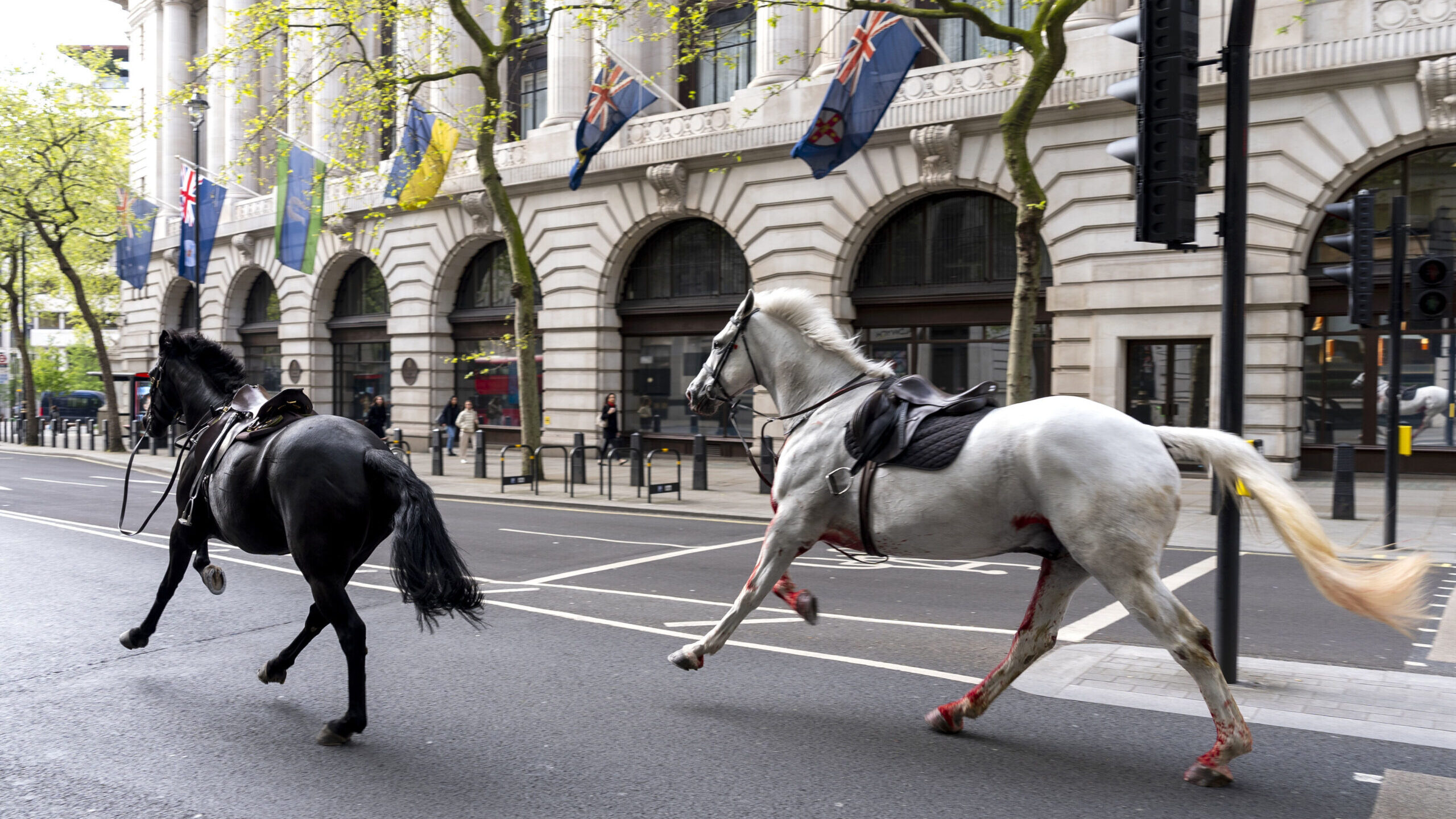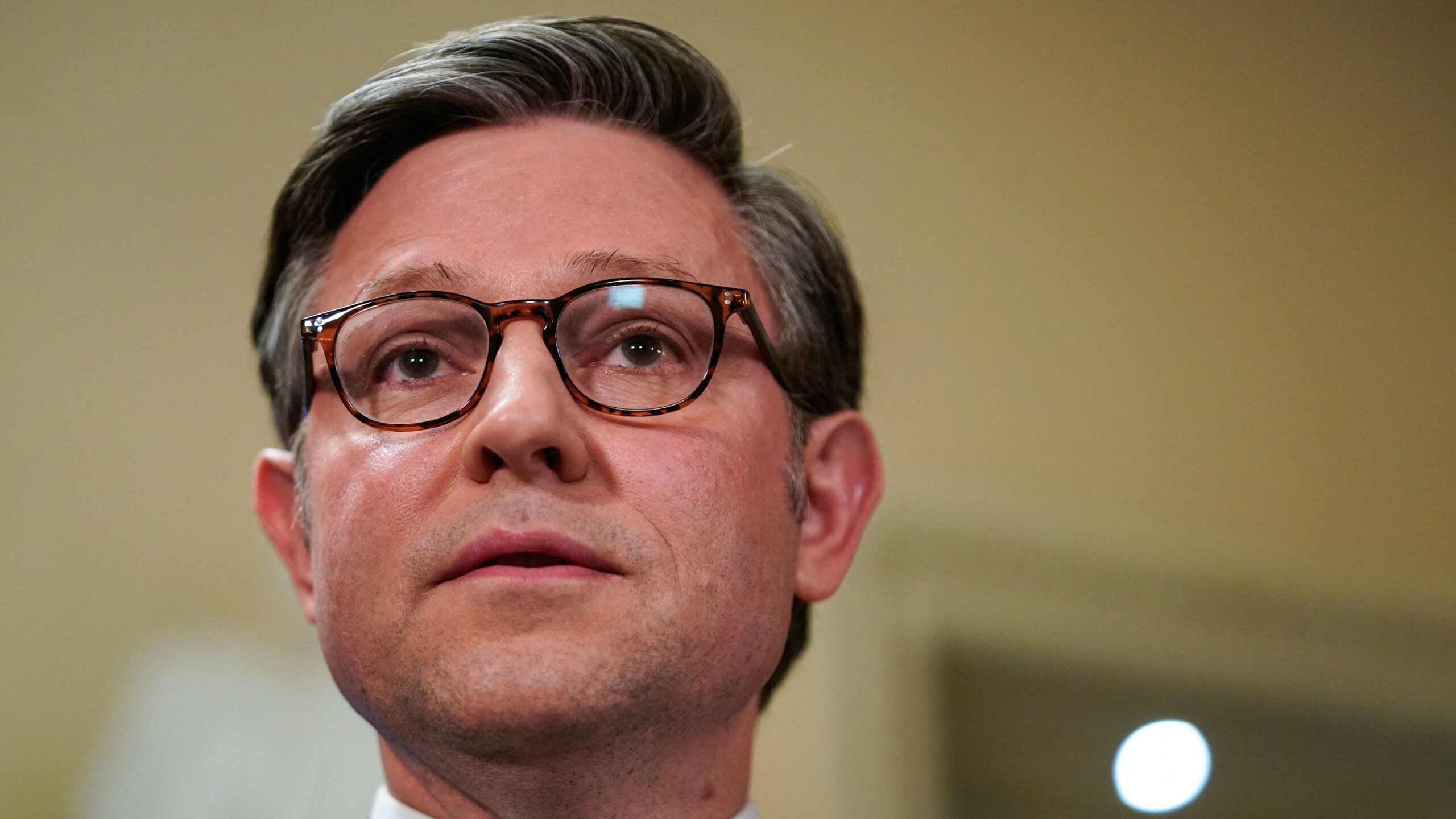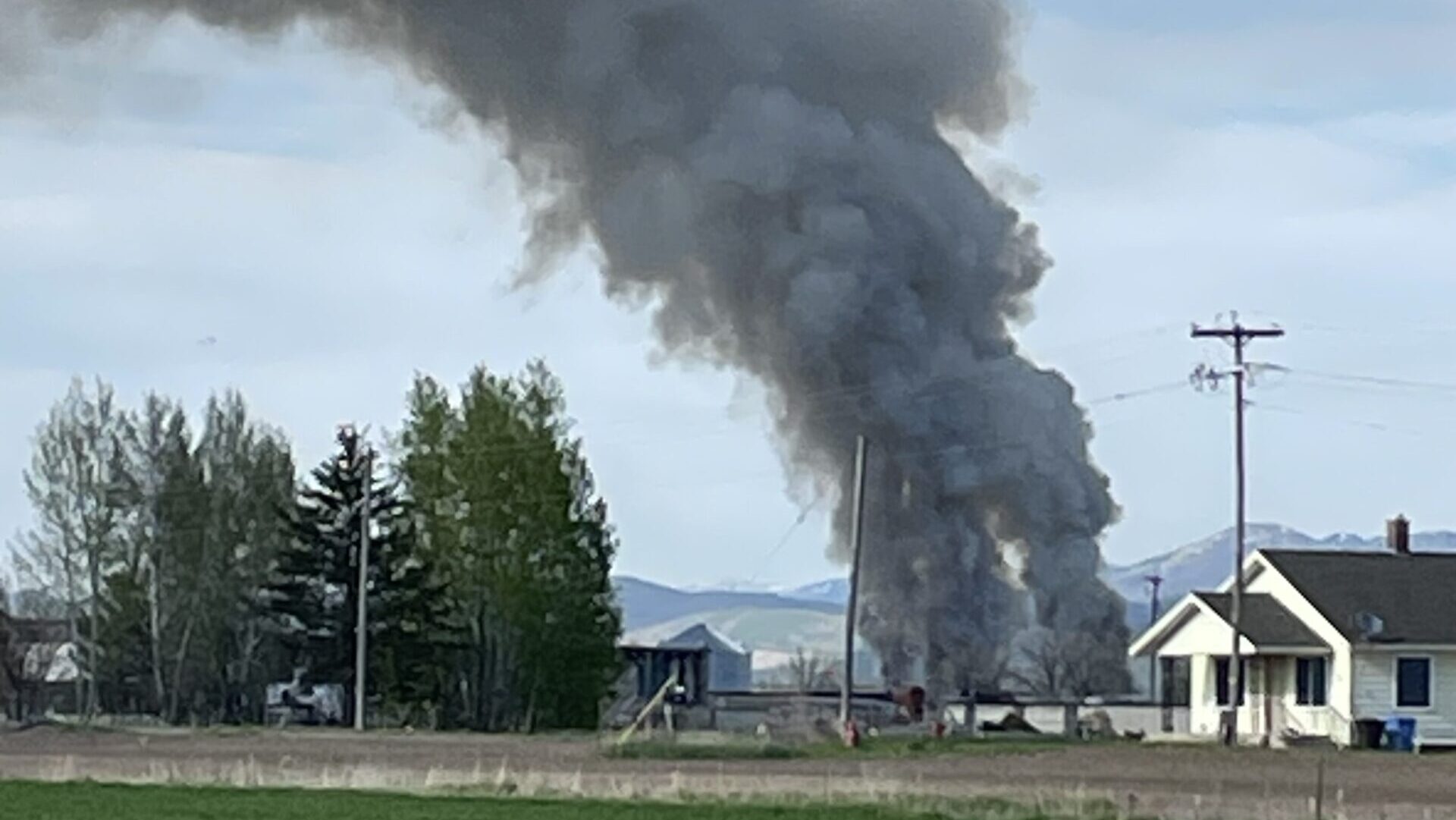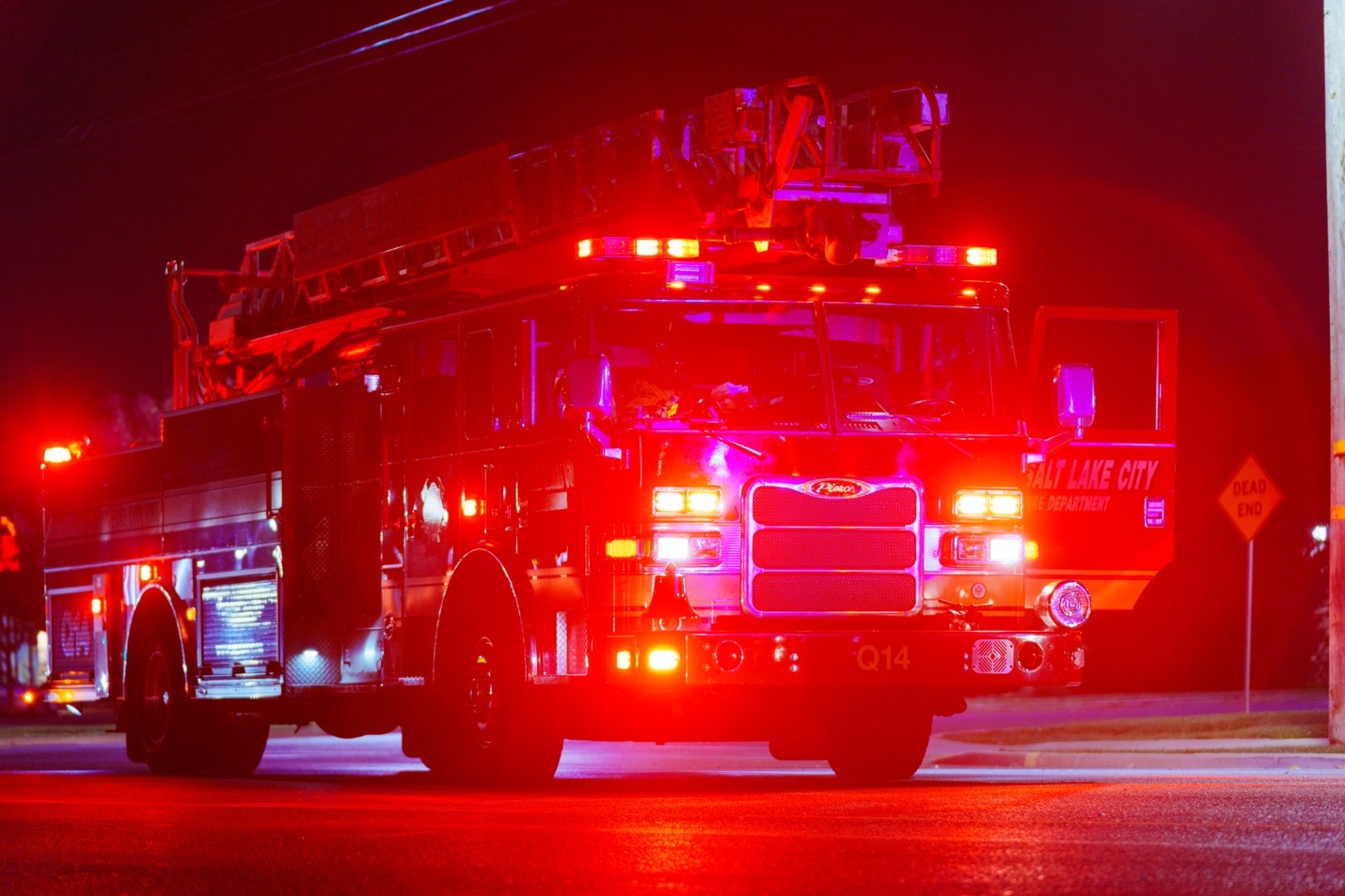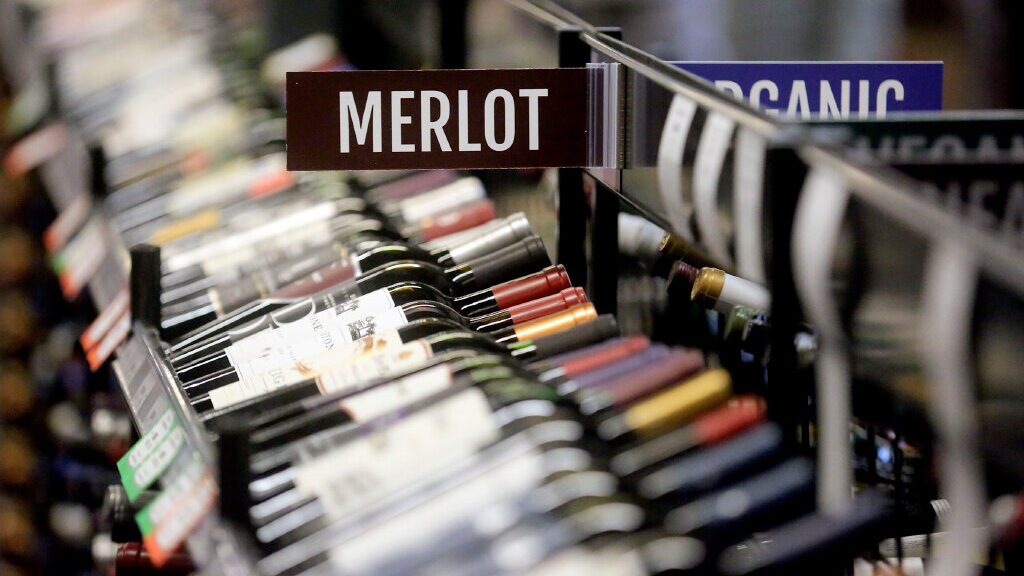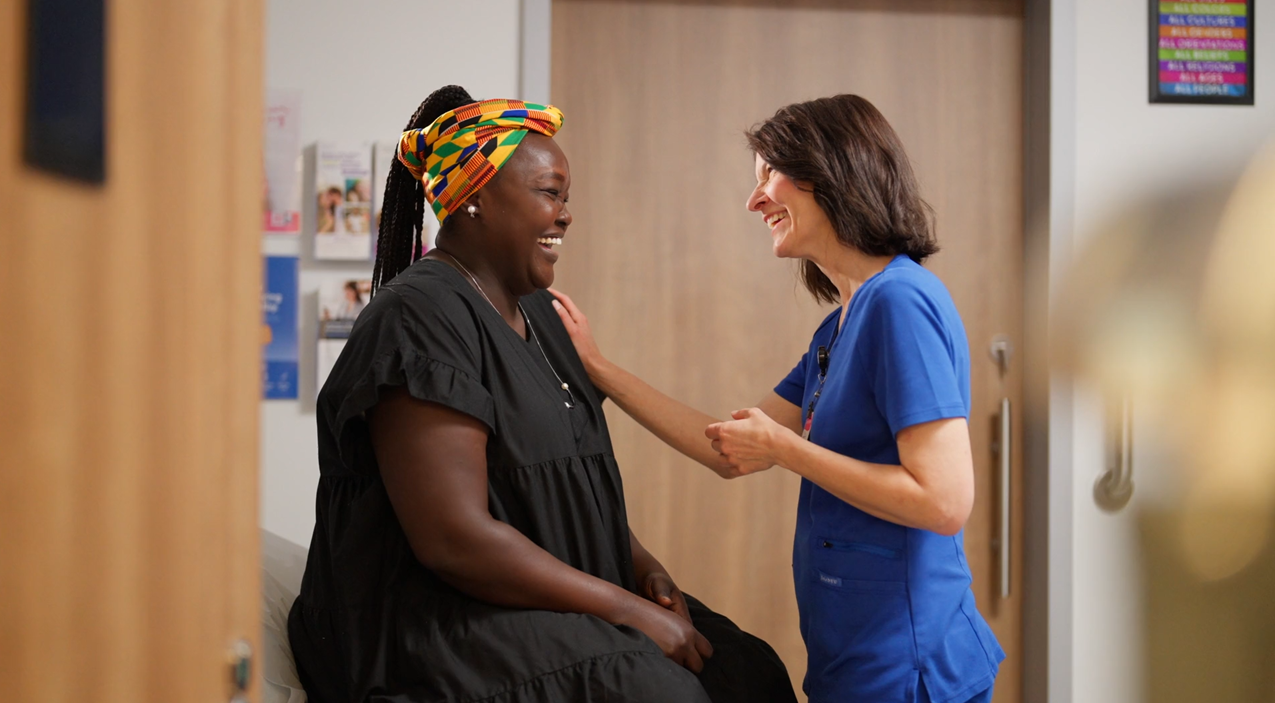Pacific Islander, other minority communities at higher COVID-19 risk in Utah
Jul 22, 2020, 11:58 AM | Updated: 12:32 pm
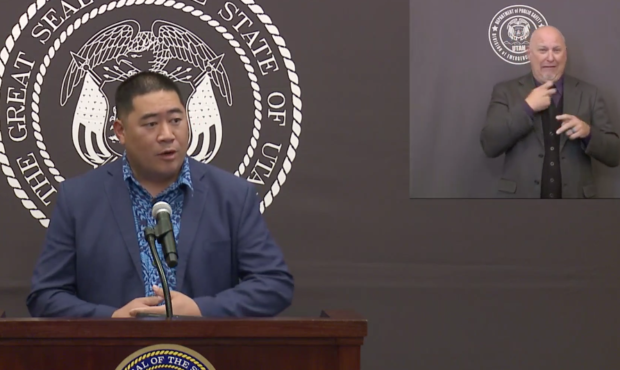
West Valley City Councilman Jake Fitisemanu, who is also with the Utah Pacific Islander Health Coalition, urged Utahns to help stop the spread with minority communities hard hit by COVID-19. Photo: KSL NewsRadio/Facebook Live
SALT LAKE CITY — State leaders highlighted disproportionate rates of COVID-19 among Utah’s Pacific Islander and other minority populations on Wednesday.
Pacific Islander, minority populations hard hit by COVID-19
Communities of color, Herbert said, continue to experience higher-than-average rates of COVID-19.
Jake Fitisemanu, chair of the Utah Pacific Islander Health Coalition and a member of the governor’s multicultural subcommittee, said the 1918 flu pandemic killed one out of five residents of Samoa.
“For the last two months, Native Hawaiian and Pacific Islanders have had the highest COVID-19 infection rate and the highest hospitalization rate in Salt Lake County,” Fitisemanu said.
He said cultural practices, customs, and close-knit family groups could be part of the reason for that. Another possible factor could be physical proximity; many members of the Pacific Islander community live in the same zip codes where the state is experiencing high rates of COVID-19.
“We are asking our friends and neighbors throughout the state to help us stop the spread of COVID-19,” Fitisemanu said.
Speaking of the 1918 impact on Samoa, Fitisemanu said everyone must do their part to prevent a similar tragedy from happening with COVID-19 on American soil within Pacific Islander populations.
Invoking the pioneering spirit
Gov. Gary Herbert said he finds parallels with the pioneering experience of the mid- to late-1800s with the way Utah responds today to COVID-19.
“We’ve also battled during this time an earthquake and nearly 2,000 aftershocks,” he said. “We’ve had wildfires. We still have about 10 or so in the state right now… and of course, we’re battling, overall, this COVID-19 pandemic.”
He pointed to the teamwork and togetherness that Utah’s pioneers demonstrated to overcome their challenges.
“To say that 2020 is a challenging year is probably the understatement of the day,” Herbert said. “Let’s come together and work together… for the common good and the betterment of the whole.”
In 2020, he said, working together for the common good means following the guidelines of health experts.
“When you can’t physically distance from others, it’s imperative that you wear a mask,” Herbert said. He also said masks are most effective when combined with other precautions included good hand washing hygiene and social distancing.
New case numbers
State epidemiologist, Dr. Angela Dunn, praised the efforts of Utah residents that have resulted in fewer day-to-day COVID-19 case increases this week. She said that work needs to continue.
Monday and Tuesday, health officials reported fewer than 500 new cases each day, but on Wednesday, there were 566.
Additionally, Dunn reported 10 new deaths, though one reported yesterday was removed for further investigation of a cause, making a net gain of nine.
Of the 10, five involved residents of long-term care facilities. Five involved patients who were not hospitalized at the time of their deaths. One of the victims was a male between the ages of 15 and 24.
State health officials consider 22,532 of the state’s 35,578 coronavirus cases to date “recovered,” meaning they were diagnosed more than three weeks ago and have not died.
How To Prevent the Spread of COVID-19 Coronavirus
COVID-19 coronavirus spreads person to person, similar to the common cold and the flu. So, to prevent it from spreading:
- Wash hands frequently and thoroughly, with soap and water, for at least 20 seconds.
- Don’t touch your face.
- Keep children and those with compromised immune systems away from someone who is coughing or sneezing (in this instance, at least six feet)
- If there is an outbreak near you, practice social distancing (stay at home, instead of going to the movies, sports events, or other activities.)
- Get a flu shot.
Local resources
Utah’s Coronavirus Information
The Church of Jesus Christ of Latter-day Saints
Utah Coronavirus Information Line – 1-800-456-7707
National Resources
Centers for Disease Control and Prevention


